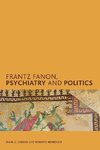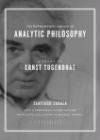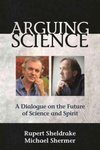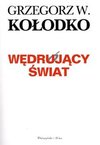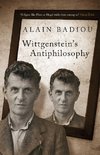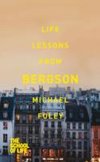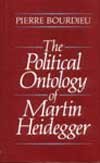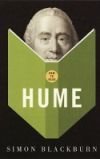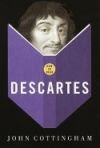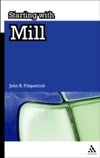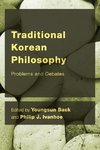
-
 Anglický jazyk
Anglický jazyk
Chinese thought
Autor: Source: Wikipedia
Source: Wikipedia. Pages: 113. Chapters: Wu Xing, Taoism, Chinese astrology, Qi, Mohism, Chinese philosophy, Traditional Chinese medicine, Yin and yang, Chinese classics, Chinese literature, Chinese martial arts, I Ching, Chinese zodiac, Feng shui, Chinese... Viac o knihe
Na objednávku, dodanie 2-4 týždne
25.74 €
bežná cena: 28.60 €
O knihe
Source: Wikipedia. Pages: 113. Chapters: Wu Xing, Taoism, Chinese astrology, Qi, Mohism, Chinese philosophy, Traditional Chinese medicine, Yin and yang, Chinese classics, Chinese literature, Chinese martial arts, I Ching, Chinese zodiac, Feng shui, Chinese Buddhism, Fangshi, Flying Star Feng Shui, List of hexagrams of the I Ching, East Mountain Teaching, Neidan, Legalism, Hundred Schools of Thought, Neo-Confucianism, Caigentan, Qingjing Jing, Touch of Death, Taiji, Wuji, Buddhism in Taiwan, The Secret of the Golden Flower, Three Treasures, TCM model of the body, Four Books and Five Classics, Xiuzhen Tu, Burning of books and burying of scholars, Neijing Tu, Lunheng, Yellow Court Classic, Xishengjing, Fuji, Doubting Antiquity School, School of Diplomacy, Five Precepts, Faux pas derived from Chinese pronunciation, Xiaokang, Chih, Chen prophecy, Huo hei àn, School of Names, Luo Points, Pao-t'ang Wu-chu, Great unity, Qingtan, Ten Precepts, Power position, Yong, Yongjia School. Excerpt: Traditional Chinese medicine (¿¿, pinyin: zhong yi) (TCM), is a label that covers a broad range of traditional medicine practices spread throughout Asia, including various forms of herbal medicine, acupuncture, massage therapy, and dietary therapy. The common thread among these diverse practices is a system for balancing the various functions of the body, based in Daoist principles of yinyang and other metaphysical belief systems, that originated during the Warring States Period in regions that are now part of China. These practices are a common part of medical care throughout East Asia, accounting for roughly 75% of worldwide use, but are considered alternative medicine in the western world. TCM practices use different physiological and disease models than modern medicine, and make a number of assumptions that are inconsistent with or untestable under the principles of scientific methods, which complicates research on the efficacy of TCM medicinals and practices. In general, TCM practices take a holistic approach, viewing the body in terms of organ system based loosely around particular body functions (such as digestion or excretion) rather than in terms of isolated organs. These organ systems are conceived to be interrelated in various systematic ways, and various techniques are used to stimulate or support weakened systems or to soothe or dampen over-excited systems. TCM involves an often subjective diagnosis of the general state of various organ systems followed by ongoing efforts to reestablish a healthy balance between the systems. There is no scientific evidence for these theories of medicine. A broad range of 'over-the-counter' medicinals loosely related to TCM are available. Many of these - such as yinchao, a commonly used medicinal for colds and flus - are innocuous, but some may contain dangerous chemicals added as ingredients or byproducts of production, and certain sexual potency medicinals are complicit in the near extinction of animals such as the rhi
- Vydavateľstvo: Books LLC, Reference Series
- Rok vydania: 2012
- Formát: Paperback
- Rozmer: 246 x 189 mm
- Jazyk: Anglický jazyk
- ISBN: 9781150983023
